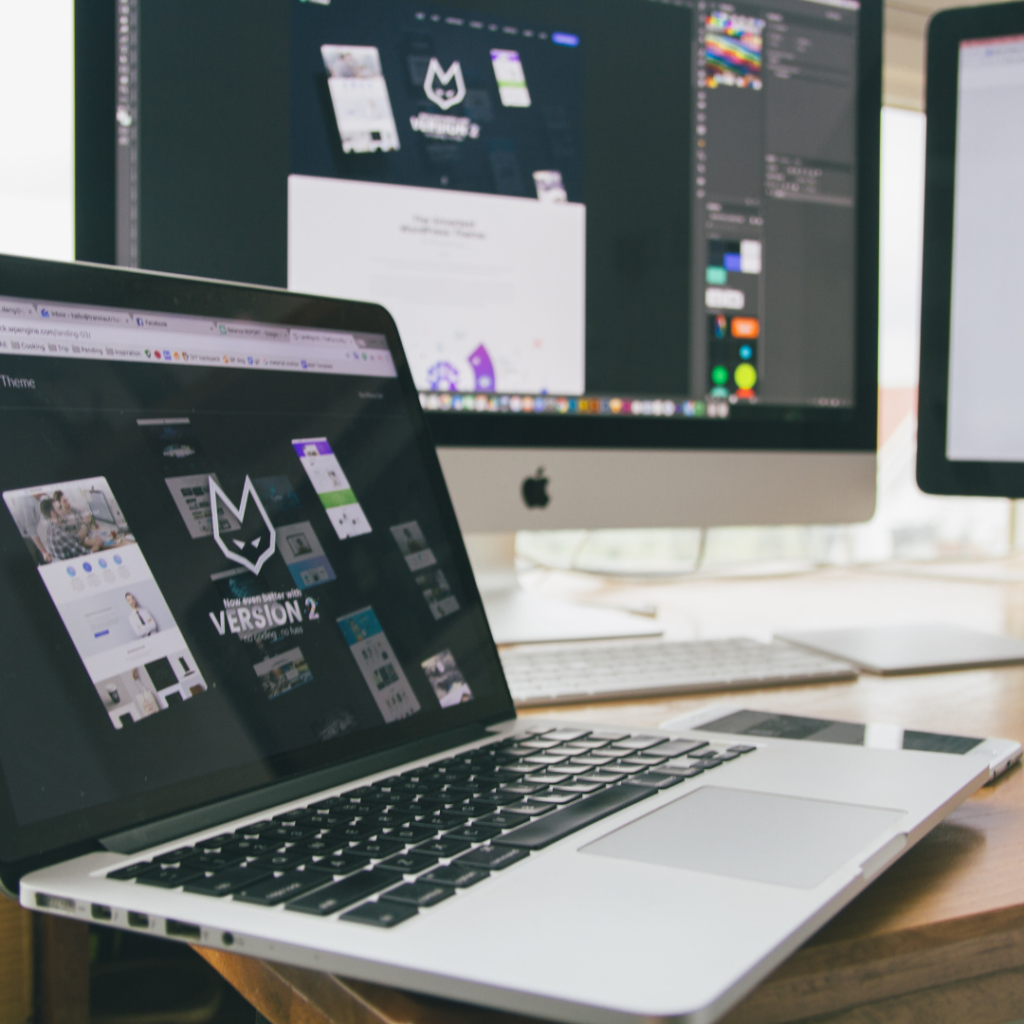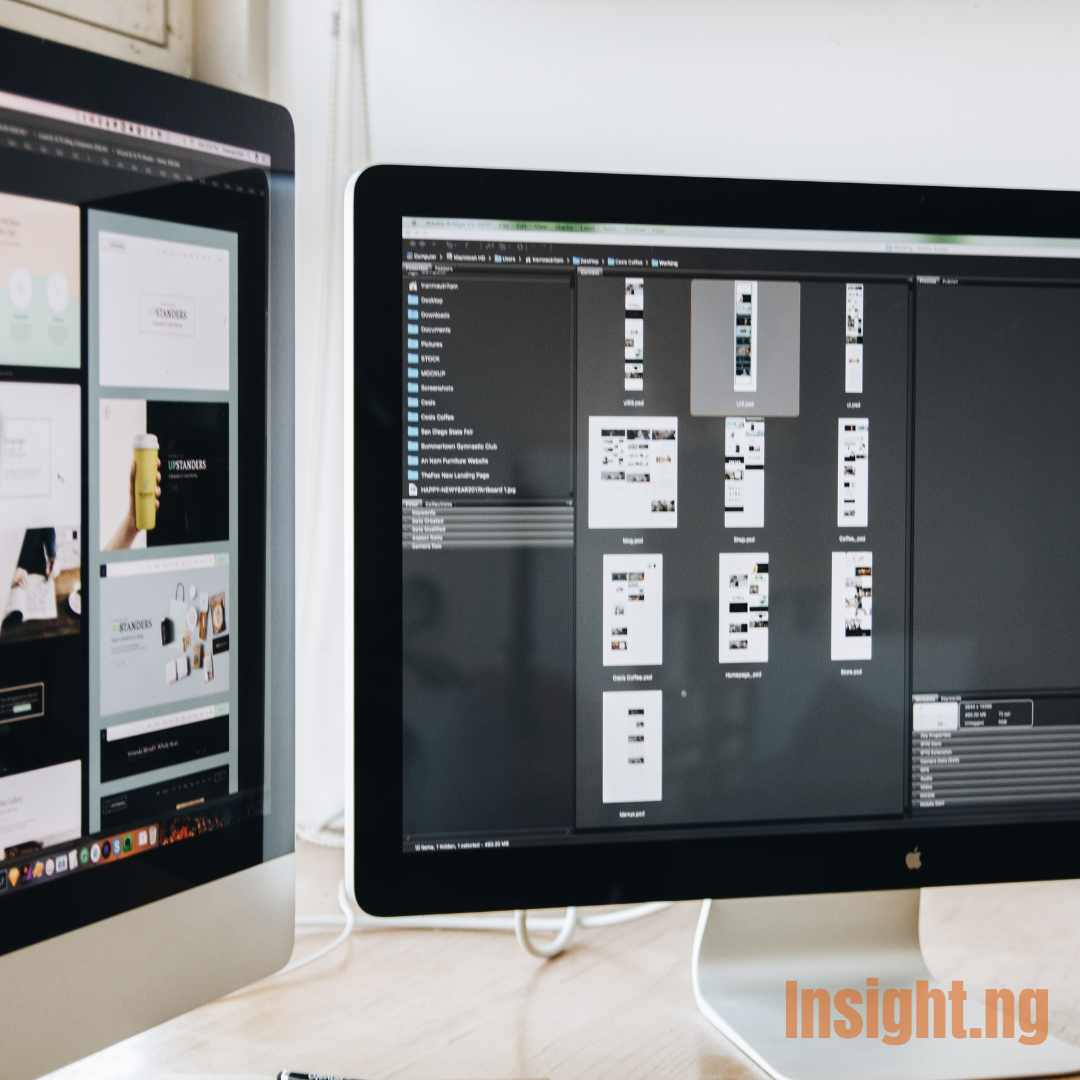A fundamental requirement for getting hired in the UX design field is to have a good UX portfolio that can convince recruiters about your UX skills’ expertise and how you can add value to the organization.
UX design is a field that combines both soft skills and technical skills to solve problems. So, beyond telling recruiters about the UX skills” you have acquired, you need to show them something that proves you have used the skills you learned to solve a problem. The problem is, how do you do that as a beginner in UX design with no industry experience?
Creating a UX portfolio without any industry experience is not impossible; it only requires following specific steps that will put you in the right direction and knowing the right way to structure your portfolio so that you can convince recruiters that you are a skilled UX designer.
Foremost, you must understand what a UX portfolio is, its purpose, what it contains, and how best to optimize it to get a better reply from recruiters.
In this article, I will tell you what a UX portfolio represents, what it should contain, and how to create one even if you do not have industry experience. This information will provide the confidence to build an impressive UX portfolio as a beginner in the UX industry.
Subscribe to our newsletter to get updates on informative posts like this.
Table of Contents
What is a UX Portfolio?
A UX portfolio is a collection of your work as a UX designer. It contains details about your design projects, the skills you used for your projects, your design processes, and the thought process that goes behind the design.
The UX design portfolio is a bit different from other types of portfolios simply because UX design is more about processes than outcomes. Displaying outcomes on your UX portfolio might not be strong enough to convince recruiters about your expertise. You must understand that UX design deals with creative thinking, innovation, understanding user problems, problem-solving, and designing usable solutions for target users. This has to be seen in your UX portfolio.
Moreover, how you design your UX portfolio says a lot about your competence as a UX designer. Daniel Rosenberg, a Global UX Executive, said, “Any sloppiness in the design of your UX design portfolio, independent of the design of the artifacts that you’ve produced, tells the hiring manager a lot about you.” This implies that, even if you have mind-blowing projects in your design portfolio, and the portfolio design itself is sloppy, it has a negative effect on how the hiring manager will rate your expertise.
So, you need to be meticulous when designing your portfolio. The first thing you want to check is to know the items that should be in your UX portfolio so that you don’t add irrelevant items that will make your profile fluffy.
Things that Should be in Your UX Portfolio
Your UX portfolio is not a multipurpose design for all that you have been doing in your career; it is strictly to showcase the strength of your UX skills to make an impression about your expertise in the UX industry. So, it would help if you did not fall into the trap of making your portfolio look too bulky.
Two major items should be in your portfolio: Information about yourself and your UX case studies.
-
Information about yourself
The first thing on your portfolio should be short information about yourself. This allows your recruiter to have an idea about your background. The information here should include your name and a little about your education history; you can also include any design-related course you have taken and indicate popular UX design articles you have read. Including that information shows how passionate you are and your efforts to learn UX design.
Remember UX design is more about processes, so by including this information, you are showing your recruiter your learning process, which further reinforces your attribute as a UX designer. Now, don’t make this section too wordy; just straight to the point—no time for telling stories.
-
UX case studies
This is the primary purpose of your UX portfolio. UX case studies are examples of your past design projects, which you include in your design portfolio.
UX case studies are meant to highlight your design process, how you identified a problem, and the best practices you used in solving those problems. This is what recruiters want to see in your portfolio. So, it is safe to say that your UX portfolio exists to showcase your case studies.
Your portfolio shouldn’t contain more than 2- 3 case studies. You don’t need to overload the portfolio with case studies. Include only the best projects.
Now, as a beginner with little to no industry experience, how do you get projects to include as case studies in your portfolio?
How to Get Case Studies to Include in Your UX Portfolio as a Beginner in UX Design
As a beginner, getting your first job might seem a bit hard because you are just starting, and you probably don’t have enough evidence to prove your worth. However, there are things you can do to get projects that will convince recruiters and help you land your first job in UX design.
-
Redesign an existing product
Pick an existing product. Study it carefully. Look at how you can improve the user experience of that product. Now, user experience deals with problem-solving; check if there is another way you can solve the user problem with that product.
Check how you can make the functionality better. You can even talk to a few product users as part of your user research and user testing process. Brainstorm ideas to make the product better. Then, make a redesign and document your process.
Document your user research process and your brainstorming sessions; you can include the ideas that came to your head before finally settling for the design you made. Draw wireframes for your proposed redesign, create prototypes and conduct usability testing. Treat the product redesign as a new project and document your design process.
-
Collaborate with aspiring web developers and offer free services
You will mostly work with web developers as a UX designer when you eventually get your first job. So, why not look for them and practice what it means to work with them even now. Then, you can collaborate with someone learning web development and give them design ideas for web development. This will strengthen your collaboration skills and make your portfolio more impressive since collaboration is a core soft skill in UX design.
-
Build a project from scratch
You can also build a project from scratch. Building a project from scratch helps you improve your skills and creates a strong impression in your UX portfolio. You can demonstrate your research skills and problem-solving skills better when you build from scratch. The recruiter can also be convinced that you can work on real-life projects.
6 Smart Tips on How to Build an Impressive UX Portfolio

Now that you have case studies, how do you structure your portfolio to impress whoever looks at it? First, you have to know that your portfolio can be in the hands of anybody, ranging from recruiters to industry professionals to UX managers.
So, it is best to design it to meet general requirements and still appeal to specific people from different areas. The good thing is that most of those who will look at your profile will have an idea about UX design, which already streamlines what you need to do.
-
Be simple and concise
Research has revealed that most recruiters spend about three minutes checking a UX profile while UX managers spend five to seven minutes preventing the same portfolio. This research teaches that no one has all day to check your portfolio. Don’t use wordy sentences. Go straight to the point when you explain your design process.
-
Make the profile scannable
Use bold headings to introduce each section. Often, recruiters are just looking for one thing. If they can’t find it within a few minutes, they assume it’s not there, and another portfolio in the archive goes there. Make your profile scannable with bold headings. This allows for easy viewing; recruiters and industry professionals can quickly scan through and notice your strong points. This makes it easy for them to make decisions.
-
Prioritize processes over outcomes
A UX design portfolio is more about processes. It is always good to include the project’s outcome, but your processes are far more important. Outcomes are better for a UI design portfolio, but for a UX portfolio, recruiters are more interested in your design process.
The reason is simple, UX design deals with logic more than physical appearance. Therefore, you should detail your processes, starting from your user research methods, user testing, wireframes, prototypes, how you conducted your usability testing, and your feedback. Don’t be afraid to include negative feedback. However, include how you were able to channel that feedback to make improvements on the project.
-
Clearly state your role in the project
Clearly state the role you played in the project if you were not the only one involved in the entire project. For example, if you only did research, state your role as a UX researcher and emphasize the research methods you adopted for the project. Stating your role helps recruiters know the kind of questions to ask you concerning that project. However, you might not be able to answer some specific questions thrown at you if you generalize your role.
-
Treat your portfolio as a UX project
Your portfolio is a UX design project, so treat it as one. Focus on the user experience of your UX portfolio. Your users are recruiters, hiring managers, UX managers, etc. So, prioritize their needs when designing. You can conduct user research on the portfolio.
Ask a random person from a recruiter what they expect in a UX portfolio. Of course, you can conduct usability testing too. Then, send the profile to a recruiter for review and hear the feedback.
-
Design a simple and attractive user interface
Your portfolio is not to show your UI skills since it is not a UI design portfolio. However, it would help if you made it attractive enough to inspire recruiters or managers to read. You don’t need to be extra; make it simple.
Learn the hidden secrets of WhatsApp marketing and how you can use them to attract the right clients for your gig by clicking here to purchase our detailed course.
Final thoughts
Your UX portfolio is one of your most important assets as a UX designer, whether you are a beginner or a professional. However, as a beginner, the struggle to get projects might stall you from getting your first job, and the struggle can be tiring. However, you don’t need to worry anymore; the tips in this article will guide you on how to get projects for your UX portfolio even if you have no industry experience.
More from Insight.ng:
Why UI Cannot Survive Without User Research
Transitioning into Tech in Nigeria: A Comprehensive Guide
Insights on How to Get a Tech Job in Nigeria
About Author
-
Henry is an SEO Content Writer and Technical writer. He adopts a balanced method of content research and SEO Best practices to create user centric content that rank on Google SERP.
Henry is Hubspot certified, and you can always count on his knowledge on content creation.
Latest entries
 TechnologyFebruary 6, 2023Quick Ways to Track a Missing iPhone in Nigeria
TechnologyFebruary 6, 2023Quick Ways to Track a Missing iPhone in Nigeria TechnologyJanuary 8, 2023How to Become a Front-end Developer in Nigeria
TechnologyJanuary 8, 2023How to Become a Front-end Developer in Nigeria TechnologySeptember 28, 2022Five Pro Tips For B2B Technology Marketing
TechnologySeptember 28, 2022Five Pro Tips For B2B Technology Marketing TechnologySeptember 13, 2022The Future of Software Development in Nigeria
TechnologySeptember 13, 2022The Future of Software Development in Nigeria

